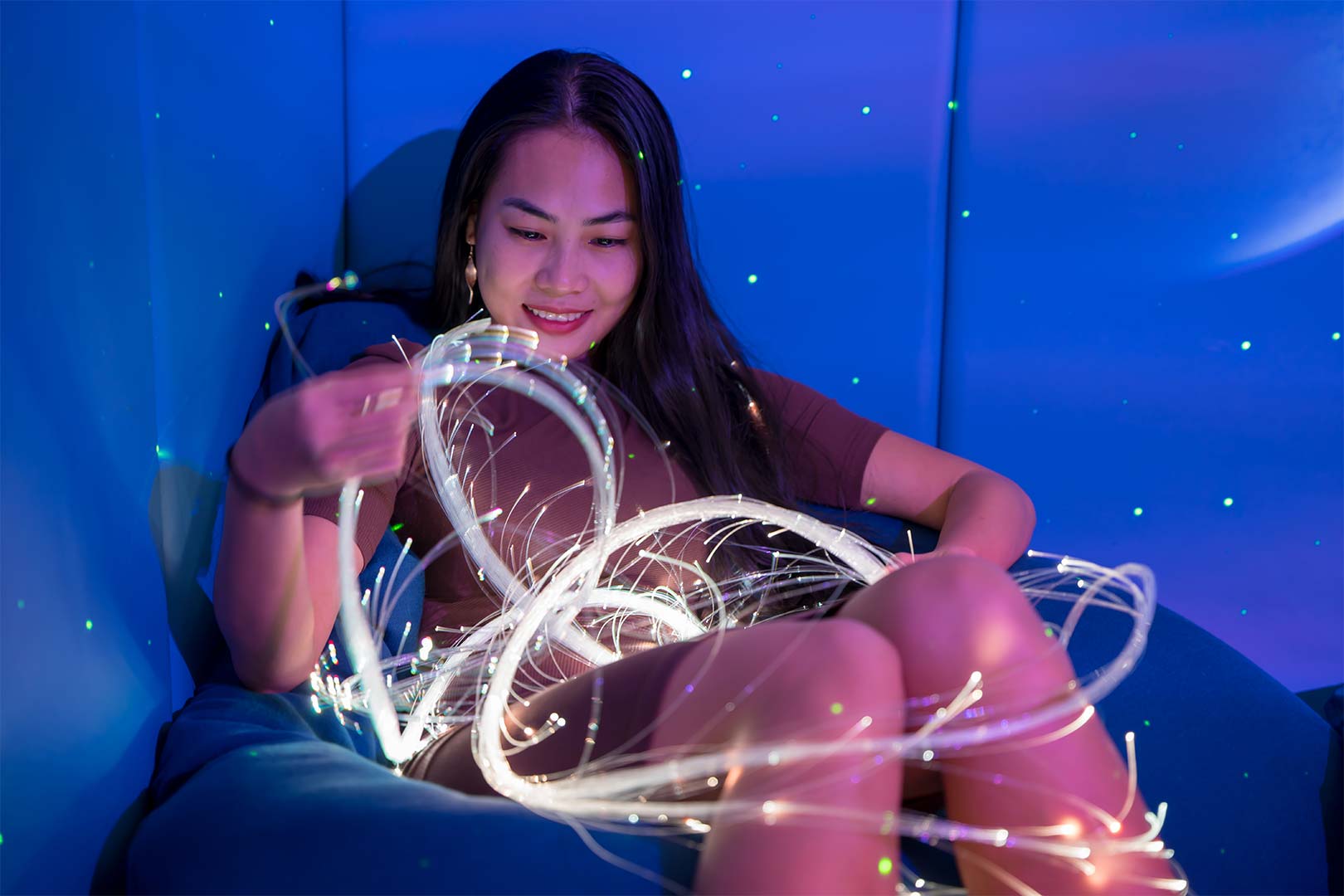Multisensory learning is a teaching approach that engages multiple senses at the same time. This can include sight, sound, touch, taste, smell, and movement. Multisensory learning is particularly beneficial for students with special needs, such as those with learning disabilities, dyslexia, ADHD, and autism.
How multisensory learning works
When students learn through multiple senses, they are more likely to understand and remember the information. This is because the information is processed in different parts of the brain, which creates stronger connections. Multisensory learning can also help students to learn new skills more easily and to generalize what they have learned to new situations.
Benefits of multisensory learning for students with special needs
There are many benefits of multisensory learning for students with special needs. These include:
- Improved academic achievement: Students who learn through multiple senses tend to perform better academically than those who do not. This is because they are able to learn and understand the material more effectively.
- Increased engagement and motivation: Multisensory learning can help students to become more engaged and motivated in their learning. This is because it is more active and interactive than traditional teaching methods.
- Improved self-esteem and confidence: Multisensory learning can help students to feel better about themselves and their abilities. This is because they are able to achieve success and learn new skills.
- Reduced stress and anxiety: Multisensory learning can help to reduce stress and anxiety in students with special needs. This is because it is a more supportive and inclusive learning environment.
Examples of multisensory learning activities
There are many different multisensory learning activities that can be used in the classroom. Here are a few examples:
- For reading: Students can trace letters and words with their fingers in sand or shaving cream. They can also use sandpaper letters or magnetic letters to help them learn the alphabet.
- For math: Students can use manipulatives such as blocks, beads, and counters to learn about numbers and operations. They can also play math games and sing math songs.
- For science: Students can do hands-on experiments and demonstrations. They can also create models and diagrams to help them understand scientific concepts.
- For social studies: Students can role-play historical events, create timelines, and build dioramas. They can also learn about different cultures through food, music, and art.
Creating a multisensory learning environment
There are a number of things that teachers can do to create a multisensory learning environment for students with special needs. These include:
- Provide a variety of learning materials and activities: Students should have access to a variety of learning materials and activities that engage multiple senses. This could include books, puzzles, manipulatives, games, and technology.
- Use visual cues and supports: Visual cues and supports can help students to stay on track and understand the material. This could include graphic organizers, pictures, and videos.
- Provide opportunities for movement and hands-on learning: Students should have opportunities to move around and learn through hands-on activities. This could include games, experiments, and projects.
- Create a supportive and inclusive classroom environment: All students should feel supported and included in the classroom. This means creating a safe and respectful environment where everyone is valued.
Multisensory learning is a powerful approach that can help students with special needs to succeed. By engaging multiple senses, multisensory learning can help students to learn and understand new information, develop new skills, and increase their self-esteem and confidence. Teachers can create a multisensory learning environment by providing a variety of learning materials and activities, using visual cues and supports, providing opportunities for movement and hands-on learning, and creating a supportive and inclusive classroom environment.
Find out if your child needs extra support today!
- My child screams hysterically
- My child is mean to other children
- My child is always worried
- My child is scared to go to school
- My child is scared of loud noises
- My child doesn’t know how to read
- My child is scared to play outside
- My child does not respond to his name
- My child always gets in trouble
- My child fights with other children
- My child doesn’t know how to count
If you are concerned about your child’s development, contact us for Assessments: Phone/Telegram: 077.455.993 – Telegram Link: https://t.me/OrbRom
If you are concerned about your child’s development, contact us for Assessments.
Phone/Telegram: 077.455.993 Link: https://t.me/OrbRom






Leave A Comment